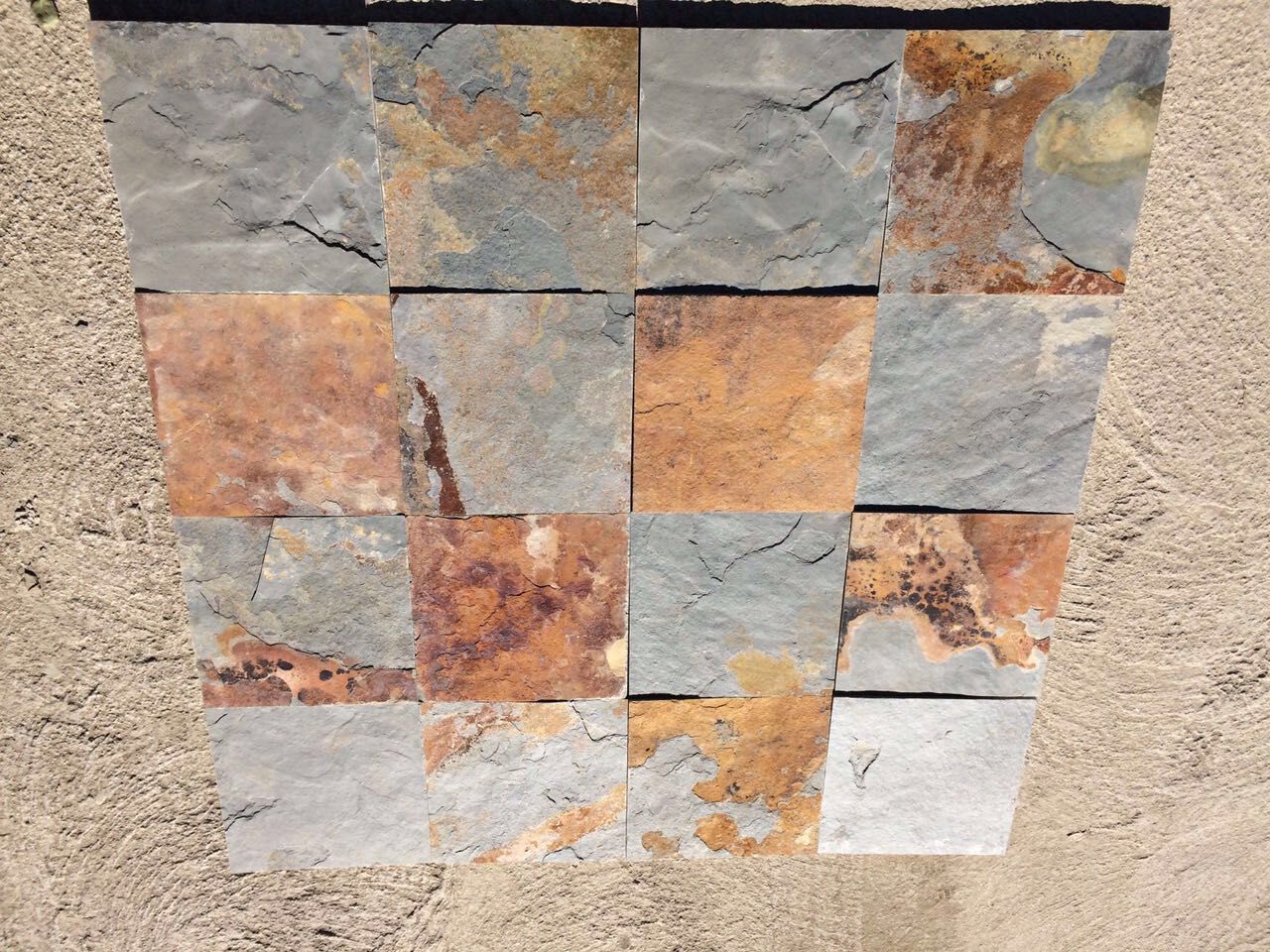
The Allure of Blue Pearl Loose Stones
In the world of gemstones, few stones can capture the imagination quite like blue pearl loose stones. Renowned for their iridescent hues and enchanting luster, blue pearls are a stunning testament to nature’s artistry. These mesmerizing gems have found their way into the hearts of jewelers, collectors, and enthusiasts alike, making them a desirable addition to any collection.
The History and Significance of Pearls
The allure of pearls dates back centuries. Revered in various cultures, they symbolize purity, wisdom, and sophistication. Historically, pearls were associated with royalty and the elite; ancient Romans believed that pearls were the tears of the gods. In modern times, pearls remain a symbol of elegance, often featured in bridal jewelry and formal attire.
Among the myriad of pearls, blue pearls stand out due to their rarity and captivating hues. The color blue in pearls comes from specific mollusks that produce them, particularly those found in the Pacific and Indian Oceans. This distinct coloration can range from soft, pastel blues to deep, vivid shades, providing a variety of options for artisans and jewelry makers.
The Unique Charm of Blue Pearl Loose Stones
Blue pearl loose stones are admired for their unique iridescence known as “orient.” This phenomenon occurs when light refracts through the layers of nacre, creating a shimmering effect that gives each stone its character and depth. No two blue pearls are identical, making them a favorite among jewelers who seek to create one-of-a-kind pieces.
Additionally, the versatility of blue pearls makes them suitable for various designs. Whether set in pendants, earrings, or rings, they can seamlessly blend with both contemporary and traditional styles. This adaptability allows designers to experiment with various settings, metals, and embellishments, enhancing the beauty of the blue pearl even further.

Caring for Blue Pearl Loose Stones
To maintain the beauty and integrity of blue pearl loose stones, proper care is essential. Pearls are relatively softer than other gemstones, scoring between 2.5 to 4.5 on the Mohs hardness scale. This means they require gentle handling and protection against scratches, chemicals, and extreme temperatures. When cleaning pearls, it is advisable to use a soft, damp cloth instead of harsh chemicals, which can damage their protective nacre layer.
Storage is another critical aspect of pearl care. It’s best to keep pearls in a soft pouch or ‘pearl’ bag to prevent contact with other jewelry, which can lead to scratches. Additionally, pearls should be stored in a cool, dry place to prevent moisture damage and the potential for discoloration.
The Art of Jewelry Making with Blue Pearls
The process of incorporating blue pearls into jewelry is where artisans truly shine. Jewelers often spend hours selecting the perfect stones, considering aspects such as size, shape, and color. Beading, wire wrapping, and intricate settings all contribute to the final piece, showcasing the blue pearls in the most flattering light.
Designers may opt for minimalistic styles that allow the blue pearl to stand out as the focal point, or they may choose to surround it with other gemstones to create a vibrant contrast. Whichever the approach, the result is always breathtaking.
Conclusion
In conclusion, blue pearl loose stones are not just gemstones; they are treasures steeped in history, beauty, and individuality. Their unique iridescence and versatile nature make them a popular choice among jewelry enthusiasts and designers alike. As the beauty of blue pearls continues to be celebrated, it is clear that these stunning gems will remain a beloved part of the jewelry world for generations to come. Whether worn as a statement piece or cherished as part of a collection, blue pearls hold a special place in the realm of precious gems. Their timeless appeal and exquisite charm ensure that they will always evoke a sense of wonder and admiration, capturing the essence of elegance that is inherent in all things created by nature.